| |
|---|
Every photon counts...
Welcome to the Moravian Instruments web site devoted to cameras for low light imaging in astronomy and microscopy.
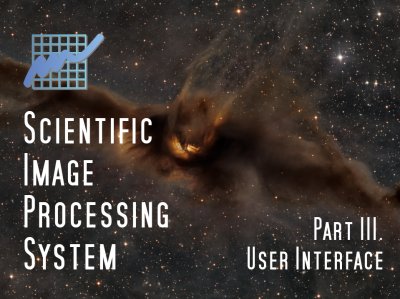
The third video of the SIPS tutorial series is live!
You can watch it on YouTube.
Every photon counts...
Welcome to the Moravian Instruments web site devoted to cameras for low light imaging in astronomy and microscopy.
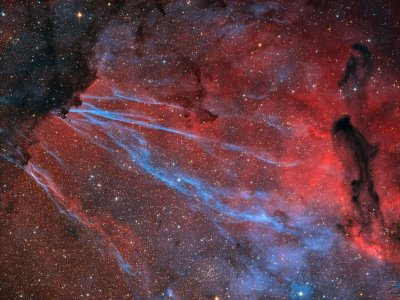
HOORGB version of SNR G13.3 taken with our C3 and Telescopi Italiani TI45.
Full resolution and more details here.
Authors: Team Ciel Austral
Every photon counts...
Welcome to the Moravian Instruments web site devoted to cameras for low light imaging in astronomy and microscopy.
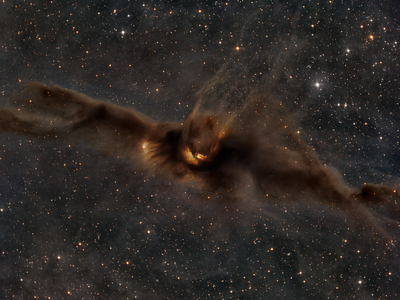
A flash of light piercing the darkness (LDN 43 "Batman" nebula)
Image by CielAustral group
Captured with the C5 camera on the PlaneWave CDK610 telescope
Every photon counts...
Welcome to the Moravian Instruments web site devoted to cameras for low light imaging in astronomy and microscopy.
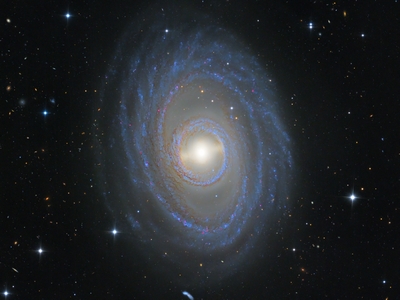
NGC1398 galaxy in incredible details.
Image captured by Wolfgang Promper with C5A-150M camera on ASA AZ1500 telescope.
Every photon counts...
Welcome to the Moravian Instruments web site devoted to cameras for low light imaging in astronomy and microscopy.
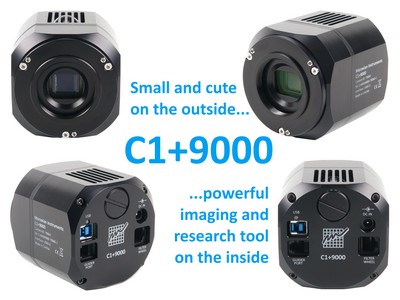
New C1+9000 cameras
Powerful IMX533 sensor in the small and lightweight C1+ body
More details here
Every photon counts...
Welcome to the Moravian Instruments web site devoted to cameras for low light imaging in astronomy and microscopy.
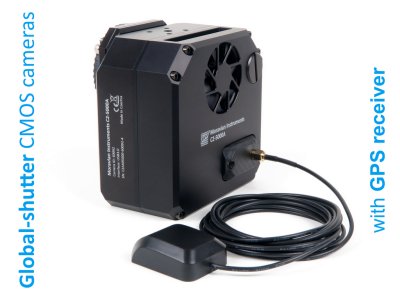
New Global shutter CMOS cameras with GPS receiver are available
More details here.
Every photon counts...
Welcome to the Moravian Instruments web site devoted to cameras for low light imaging in astronomy and microscopy.
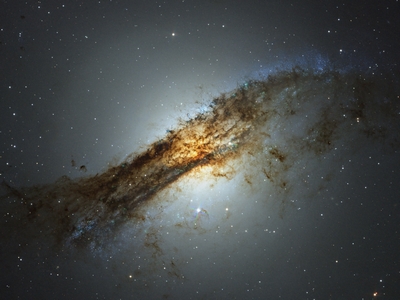
The NGC5128 “Centaurus A” galaxy.
Camera C5A-100M on 1.5 m ASA telescope at Mt. Paranal.
Exposure time 20 minutes through each Sloan r', g', and i' photometric filter.
Author: Wolfgang Promper
Every photon counts...
Welcome to the Moravian Instruments web site devoted to cameras for low light imaging in astronomy and microscopy.
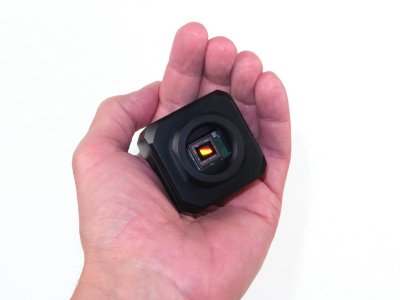
New C0 and C1 version 3 autoguiders and planetary cameras.
Even smaller, lighter and consumes less power than original C1 models.
More details here
Every photon counts...
Welcome to the Moravian Instruments web site devoted to cameras for low light imaging in astronomy and microscopy.
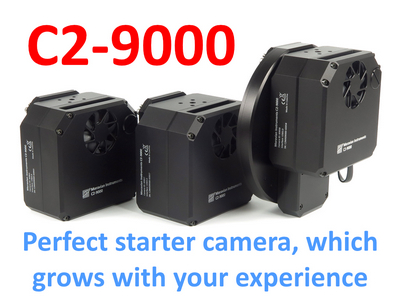
Introducing C2-9000, perfect camera for serious beginners
as well as experienced astro-photographers and researchers.
More details here.
Every photon counts...
Welcome to the Moravian Instruments web site devoted to cameras for low light imaging in astronomy and microscopy.
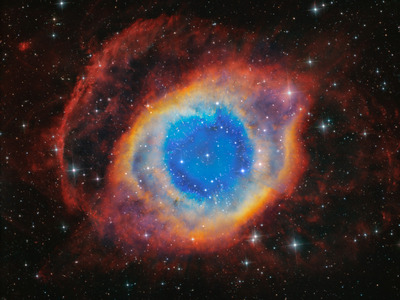
NGC7293 Helix nebula
RGB and narrow-band exposure with C4-16000 camera on CDK610 telescope
Total exposure time 139 hours
Authors: CielAustral group
Every photon counts...
Welcome to the Moravian Instruments web site devoted to cameras for low light imaging in astronomy and microscopy.
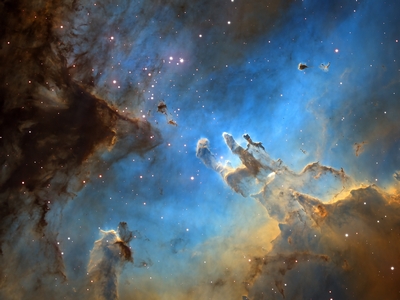
Messier 16 Eagle nebula
C3-61000 PRO camera on 600mm f/4.5 ASA RC telescope
Author: Wolfgang Prompter
Every photon counts...
Welcome to the Moravian Instruments web site devoted to cameras for low light imaging in astronomy and microscopy.
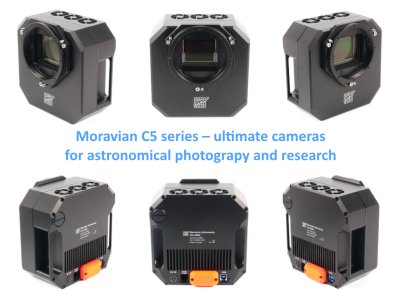
New CMOS cameras C5A-100M and C5A-150M.
Ultra large back-illuminated sensors, high quantum efficiency, very low noise,
16 bit digitization, fast download, great dynamic range, perfect linearity,
efficient cooling, mechanical shutter, wide set of accessories, rich software support, ...
Every photon counts...
Welcome to the Moravian Instruments web site devoted to cameras for low light imaging in astronomy and microscopy.
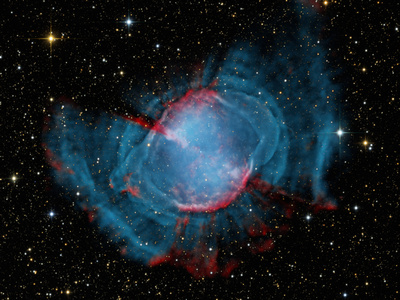
Messier 27 Dumbbell nebula
C3-61000 camera on 600mm f/4.5 ASA RC telescope
Author: Wolfgang Prompter
Every photon counts...
Welcome to the Moravian Instruments web site devoted to cameras for low light imaging in astronomy and microscopy.

NGC 1365 galaxy
Image taken with C3-61000 PRO camera on 60 cm ASA600 RC telescope
Total exposure time 4.5 hours through LRGB filters
Author: Wolfgang Promper
Every photon counts...
Welcome to the Moravian Instruments web site devoted to cameras for low light imaging in astronomy and microscopy.
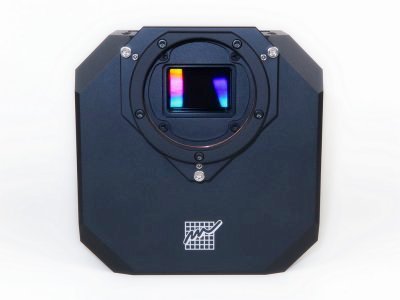
New CMOS cameras C3-61000 and C3-26000.
Back-illuminated sensors, high quantum efficiency, very low noise,
16 bit digitization, fast download, great dynamic range, perfect linearity,
efficient cooling, mechanical shutter, wide set of accessories, rich software support, ...
Every photon counts...
Welcome to the Moravian Instruments web site devoted to cameras for low light imaging in astronomy and microscopy.
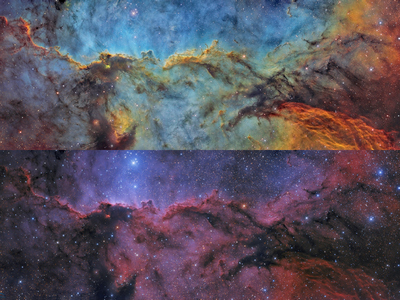
NGC6188 nebula in narrow-band filters (top)
and in natural colors (bottom).
G4-16000 camera on 0.5m CDK telescope.
Authors: CielAustral group of astro-photographers.
| |
|
 | | SIPS (Scientific Image Processing
System) is a software package, focused to two areas: First, the
astronomical observation control, which includes camera and
filter wheel control and image acquisition, automatic
guiding as well as additional device and observing equipment
control, like focusers, telescope mounts, observatory
domes, weather stations etc. And second, the
astronomical image scientific processing, like raw image calibration
(dark frame subtraction, flat fielding) and basic manipulation (median
combine, alignment and stacking, blinking, …). Two key image reduction
workflows, used in research to analyze astronomical images, are also
included — astrometry reduction and
time-based photometry processing. |
|
|
